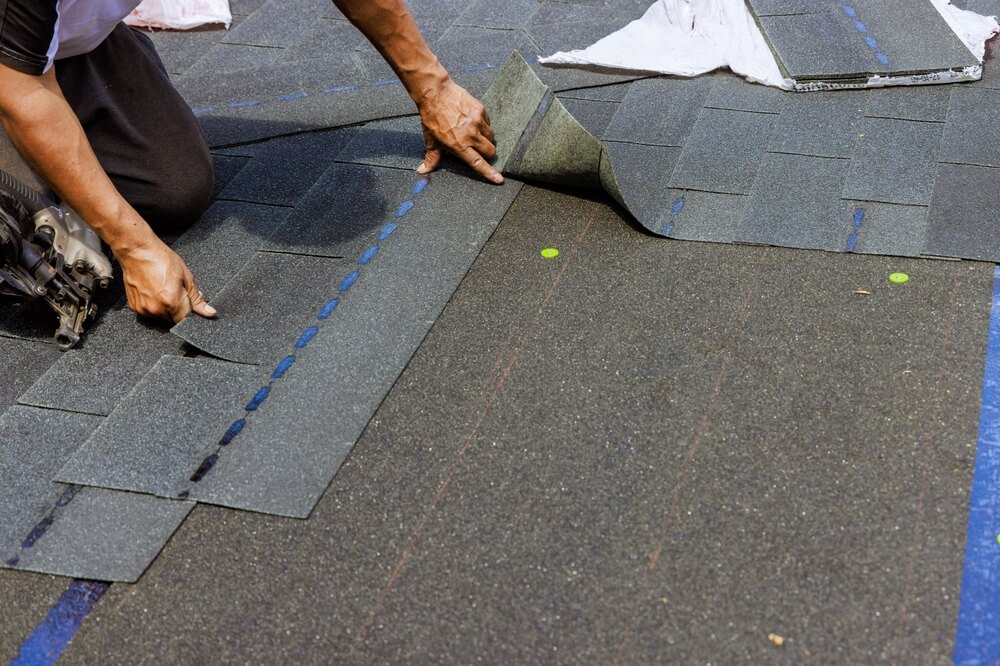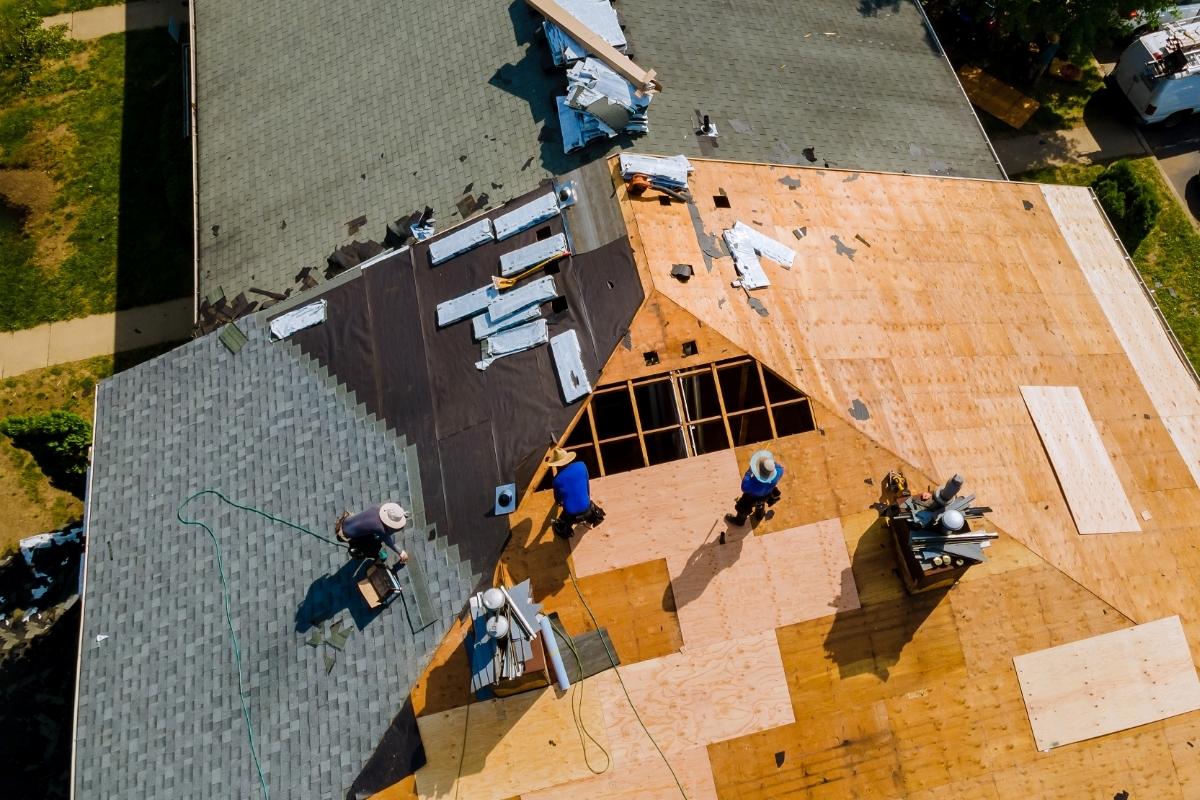When your new roof shingles aren’t laying flat, it can be both frustrating and concerning. You expected your roof to look pristine after a replacement, but instead, you’re left wondering what went wrong. Roof shingles that don’t lay flat can lead to further problems if not addressed, such as leaks or even more extensive roof damage. Understanding why this happens and how to fix it is essential for maintaining your home’s protection and curb appeal.
Common Reasons Your New Roof Shingles Aren’t Laying Flat
It’s a common issue for homeowners, especially after a new roof installation, to notice that some shingles don’t appear to sit correctly on the surface. This problem can result from a variety of factors, some of which are easily fixable while others may require professional intervention. Here’s a detailed look at the most common reasons.
Improper Installation
One of the most frequent reasons your new roof shingles aren’t laying flat is improper installation. Roofing requires precision, and even a small mistake can lead to shingles not adhering properly. For example, if the shingles were not aligned correctly, nailed too loosely, or over-tightened, they won’t settle as they should.
Overdriven Nails
Overdriving nails can cause the shingles to buckle or create gaps. When the nails penetrate too deeply, they disrupt the evenness of the shingles, causing them to lift or warp. This may seem like a minor issue, but over time, it can lead to significant roof damage.
Incorrect Alignment
Roofing shingles must follow a strict pattern to lay flat. If they are slightly misaligned during the installation process, they may overlap incorrectly or leave gaps that prevent them from settling properly.
Shingles Haven’t Had Time to Settle
New roof shingles often need some time to lay flat, especially if they were recently installed in colder temperatures. Asphalt shingles, in particular, require a bit of warmth for them to settle properly. If your roof was installed during cooler months, it may take longer for them to lay flat as the sun’s heat softens the shingles, allowing them to conform to the surface.
Weather Conditions
If the weather during installation wasn’t ideal, it could explain why your roof shingles aren’t lying flat. Roofing during cold, rainy, or extremely windy conditions can prevent shingles from sealing correctly. As a result, shingles may curl, buckle, or develop an uneven appearance until they have time to settle or a proper seal is achieved.
Underlayment Issues
The underlayment, which is the layer beneath your shingles, plays a crucial role in how well your roof shingles lay flat. If the underlayment isn’t installed correctly or if there is debris beneath it, this can create uneven surfaces that prevent the shingles from settling properly.
Bumps and Wrinkles in the Underlayment
Sometimes, roofing professionals may unintentionally leave wrinkles or bumps in the underlayment, especially if it wasn’t laid out smoothly before the shingles were installed. These imperfections can create issues for your shingles, making it impossible for them to sit evenly across the roof’s surface.
Shingles Were Damaged During Shipping or Handling
It’s possible that your new shingles were damaged before they were even installed. During shipping or handling, shingles can bend or crack, causing them to not lay flat on your roof. While this isn’t a common issue, it’s worth considering if your shingles appear uneven immediately after installation.
What You Can Do to Fix the Problem
If you’ve noticed that your roof shingles aren’t laying flat, there are several steps you can take to address the issue. Some of these solutions are DIY-friendly, while others will require the help of a professional roofing contractor.
Allow Time for Settling
As mentioned earlier, if your roof shingles were installed during cold weather, they may just need time to lay flat. Waiting for warmer weather can help the shingles conform to the surface and correct the uneven appearance.
Contact a Roofing Professional
If improper installation or underlayment issues are the root cause, you’ll likely need to contact a professional roofing contractor to fix the problem. A qualified roofer can assess the situation, identify the underlying cause, and recommend the best course of action, which might include re-aligning or replacing the problematic shingles.
Inspect the Underlayment
If you suspect the underlayment is causing the problem, it’s essential to inspect it as soon as possible. Addressing any wrinkles or bumps in the underlayment may require removing a section of shingles, which is a job best left to professionals to avoid further damage.
Conclusion
When your new roof shingles aren’t laying flat, it’s important to understand the reasons behind it. Whether the issue stems from installation errors, underlayment problems, or weather conditions, addressing it promptly can prevent more serious damage down the line. If you’re concerned about the condition of your roof or need professional assistance, contact DryTech Exteriors today for an expert evaluation and solution.





